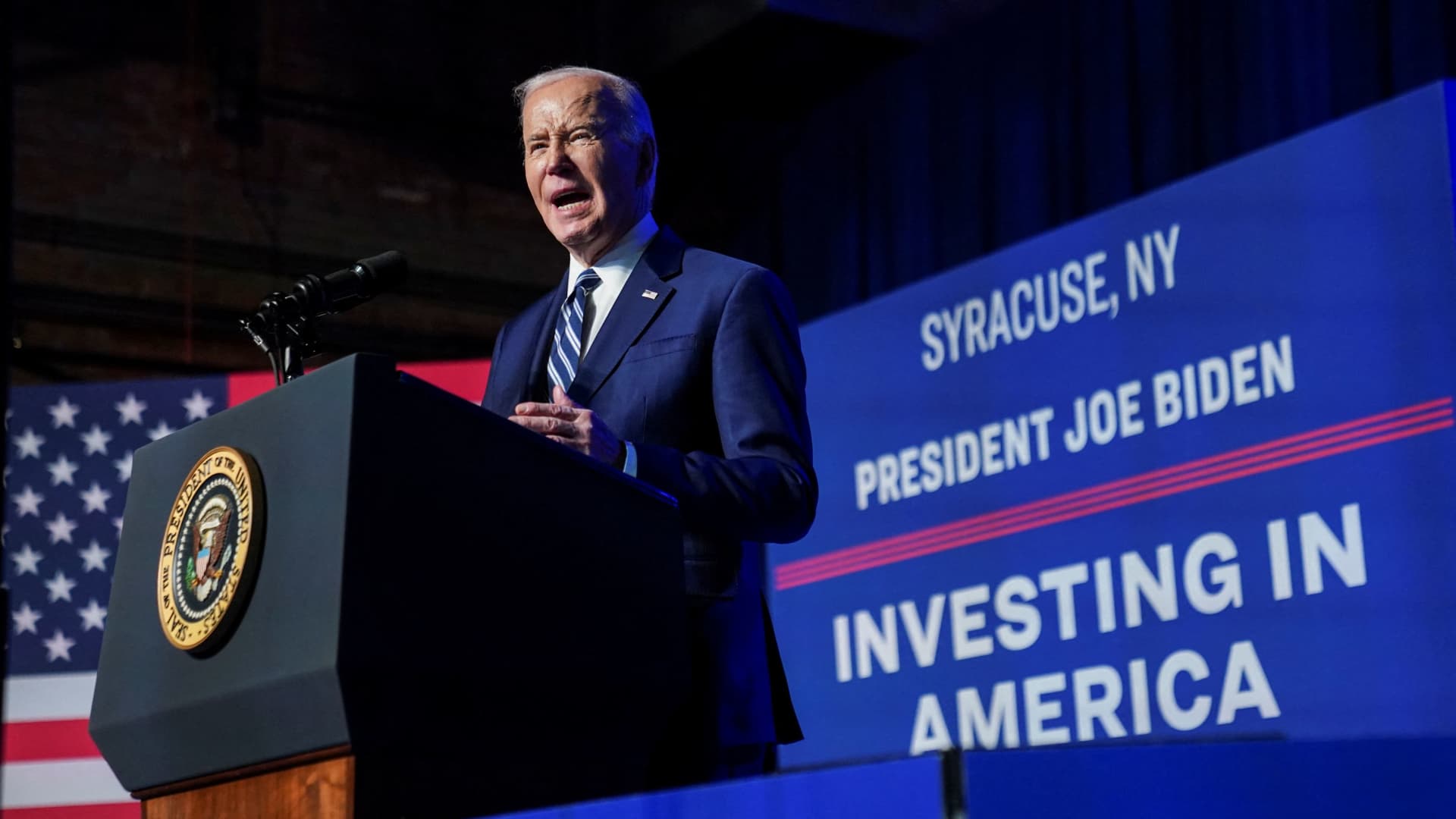Michael Conway never had an “aha” moment. Instead, the Colorado insurance commissioner’s realization that he needed to place Friday Health in receivership developed like a slow burn. First when the company announced it had parted ways with its CEO and its president in December. Then with a call saying the health insurance company needed capital to avoid bankruptcy. Then Friday Health revealed in May that it hadn’t raised approximately $100 million it needed to stay afloat, he said.
“The writing was on the wall,” Conway said.
Conway placed Friday Health in receivership last month, making Colorado the fifth state to do so this year. The same day, the company laid off its remaining employees. The carrier’s failure follows Bright Health Group’s decision to end its commercial insurance business in Colorado and 14 other states.
Broadly speaking, these health insurance startups suffered from the same fatal problems: They underpriced their products and grew too quickly, said Sabrina Corlette, co-director of the Georgetown University Center on Health Insurance Reforms.
The failures of Friday Health and Bright Health are manifestations of a larger trend: Insurtechs have struggled to compete against legacy companies, which suggests the health insurance industry may not be as ripe for disruption as entrepreneurs and investors believed. The number of exchange insurers exiting states accelerated this year to the highest level since 2017, according to a McKinsey report. Back then, a wave of health insurance cooperatives declared bankruptcy.
“It’s been a rocky road for the exchanges. I think Friday and Bright are illustrative of that,” Corlette said.
When health plans end operations, providers, competitors and vendors risk being shortchanged, although states have systems designed to ensure everyone gets paid. The Friday Health and Bright Health situations have left insurance commissioners in Colorado, Georgia, Nevada, North Carolina and Oklahoma scrambling to contain the mess.
“We monitored them. We were on alert. We notified the guaranty association. We did our supervision,” said Oklahoma Insurance Commissioner Glen Mulready (R). “I spoke with the CEO. I gave her some time to attempt this capital raise. I told her I was doubtful but wished her well, and then stepped in when none of that came to fruition. So I don’t think there’s anything else I could have done.”
Friday Health did not respond to an interview request and Bright Health declined to comment.
Chasing payments
When Bright Health announced it was leaving the individual market in October, the company said it expected to recoup $250 million from states once it shuttered its state-based subsidiaries. During the company’s earnings call in May, however, executives said they now expect to owe states $200 million for unpaid medical bills.
In some regions, health systems are hounding Bright Health about overdue claims.
In April, St. Louis-based SSM Health sued Bright Health for allegedly failing to pay for $13.1 million in care provided at its Oklahoma facilities. Bright Health settled with two other hospital chains and agreed to pay 60% of what it owes, said Mulready, who declined to name the health systems. Desperate hospitals could start charging patients for bills Bright Health was supposed to cover, he said.
Meanwhile, Bright Health’s corporate structure makes it hard for Mulready to police how the company spends its money, he said. Bright Health used its Colorado business license to apply to sell health insurance in Oklahoma and several other states, making Colorado regulators in charge of making Oklahoma providers whole, he said.
“We are quite removed from all that because it’s all handled by Colorado,” Mulready said. “My hands are kind of tied behind my back a little bit. It is a little frustrating not having control.”
A similar story is playing out in North Carolina, where providers and policyholders have inundated the insurance department with complaints about unpaid hospital bills, said Jackie Obusek, the chief deputy insurance commissioner. Bright Health established a separate subsidiary in North Carolina and the regulator is monitoring how the company meets its obligations, she said.
Some hospitals still coping with the aftermath of Bright Health’s problems are trying to avoid similar problems by refusing to treat Friday Health members, which North Carolina doesn’t permit, Obusek said. “That is not acceptable to us, and we are trying to get that message out as clearly as we can,” she said.
North Carolina and other states will rely on guaranty associations to cover the medical bills Friday Health cannot pay. Every state requires every insurer to join these nonprofit organizations, which are designed to protect policyholders when insurers become insolvent.
Prioritizing providers versus insurers
The last tide of health insurance failures came around 2017, when state regulators shut down nonprofit cooperative carriers after unexpectedly small reimbursements from the ACAs risk-adjustment program led to depleted reserves. Low premiums, insufficient government funding and marketing constraints also hobbled 20 Consumer Operated and Oriented Plans, according to a Center for Health Insurance Reforms report. Only three co-ops remain in operation.
When health insurance plans declare insolvency, states must ensure providers and vendors get paid and manage coverage for policyholders.
In Friday Health’s case, regulators hold weekly calls with one another and employ a common contractor, Examination Resources, to help coordinate receiverships, Conway said. Unlike Bright Health, Friday Health prioritized its available funds to pay providers but has been slow to pay vendors, he said.
“One of the things that we’re absolutely diving into is to make sure their accounting all makes sense and, candidly, that it’s conservative,” Conway said. “Whenever you have a failure or a runoff, things don’t go smoothly. They just don’t. There’s issues that pop up, there’s problems that pop up, so you want to be conservative in your analysis.”
Colorado and Nevada are banking on Friday Health holding enough capital to continue serving members through the end of the year. By contrast, Georgia, North Carolina and Oklahoma are requiring the insurer to cut ties with policyholders next month. Those three states worked with federal regulators to create special enrollment periods for Friday Health members and will require them to manually sign up for new plans, which may have different monthly premiums, medical management policies and provider networks. Any amount of cost-sharing former Friday Health customers paid toward their old plan will not be applied to their new coverage.
Unlike when the co-ops failed, Friday Health’s customers will have the luxury of choice: The average consumer has 88 different exchange plans from which to choose this year, according to McKinsey & Co.
UnitedHealth Group is best positioned to capture Friday Health’s roughly 125,000 customers because it operates in every state the insurtech is exiting, Bloomberg Intelligence Senior Research Analyst Duane Wright wrote in a research note last month. Centene’s exchange footprint overlaps in four states and CVS Health’s Aetna in three, he wrote. Friday Health’s membership represents about $1 billion in revenue.
Insurers that gain these members will have to balance the reward of collecting more premiums with the risk that these individuals will incur big medical expenses. Any disruption former Friday Health members bring to their risk pools would justify premium hikes, leaving consumers to pay the price for Friday Health’s failure for years, Obusek said.
In addition to preparing to take on an influx of customers, insurers are monitoring how Friday Health’s unwinding goes to see whether it will be able to pay its share into the Affordable Care Act’s risk-adjustment program, which requires insurers that cover healthier customers to transfer a portion of their profits to carriers that insure sicker, more costly consumers.
If Friday Health were unable to make its $779.7 million payment in October, the sum carriers are owed through the program will be reduced in proportion to its shortfall. Insurers are also watching to make sure Bright Health pays its $1.9 billion risk-adjustment payable. Bright Health did not makes its full risk-adjustment contribution last year, SSM Health alleged in its lawsuit.
State regulators are expected to take the risk-adjustment program into account when evaluating whether insurers can afford to operate in their markets, a Centers for Medicare and Medicaid Services spokesperson wrote in an email. If Friday Health or any other insurer were unable to pay the full amount, CMS would use every debt collection process available and send any cash recovered directly to the other carriers, the spokesperson wrote.
Any shortfall in risk-adjustment payments could drive other, smaller insurance companies into insolvency, said Ari Gottlieb, an independent healthcare consultant at A2 Strategy Group.
“It’s a mess for regulators, and it can be pretty dramatic for employees and communities,” Gottlieb said. “The system is set up mostly to make providers whole. I think some regulators acted quickly when problems emerged and others took longer to do anything.”
How an insolvent insurer’s limited funds are prioritized varies among states.
In anticipation of Friday Health’s failure, Colorado updated its guaranty association regulations this year to place paying the portion of risk-adjustment needed to keep another insurer from going insolvent at the same level as paying providers’ bills. “If the risk-adjustment isn’t paid, that can have a meaningful impact on insurers, whether they’re small, medium or large,” Conway said.
Georgia, Nevada, North Carolina, Oklahoma and Texas require bankrupt insurers to reimburse providers for unpaid medical claims before paying any insurers risk-adjustment money.
Nevada has hired an external firm to review Friday Health’s income statements and is in the process of determining whether it has enough cash to pay its bills in full, Nevada Insurance Commissioner Scott Kipper said. “There were some profit and loss statements that really weren’t in line with what was filed previously,” he said. “Their risk-based capital ratios were inconsistent. It eventually got to the point where we had to take some action.”















